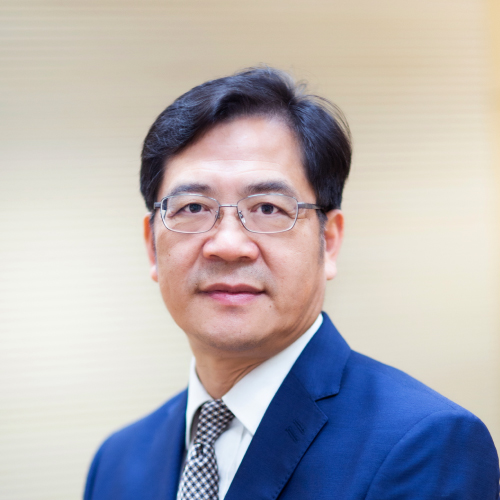Preprint
Article
Formation of Three-Dimensional Spheres Enhances the Neurogenic Potential of Stem Cells from Apical Papilla
Altmetrics
Downloads
141
Views
171
Comments
0
A peer-reviewed article of this preprint also exists.
Submitted:
31 July 2022
Posted:
05 August 2022
You are already at the latest version
Alerts
Abstract
Abstract: Cell-based neural regeneration is challenging due to the difficulty in obtaining sufficient neural stem cells with clinical applicability. SCAPs originating from embryonic neural crest with high neurogenic potential could be a promising cell source for neural regeneration. This study aimed to investigate whether the formation of 3D spheres can promote SCAPs neurogenic potential. Material and methods: 3D SCAPs spheres were first generated in 256-well agarose microtissue mold. The spheres and single cells were individually cultured on collagen I coated μ-Slide for 4 and 7 days. Cell morphological changes, neural marker expression, and neurite outgrowth were evaluated under a confocal microscope. Secretion of BDNF and NGF-β was measured by ELISA kits. Results: Pronounced morphological changes were noticed in a time-dependent manner. The migrating cells’ morphology changed from fibroblast-like cells to neuron-like cells. Compared to the 2D culture, neurite length, number, and the expression of neural markers, including Nestin, β-tubulin III, NeuN, and MAP-2 were significantly increased in the 3D spheres, while the secretion of BDNF and NGF-β was markedly downregulated at day 7. Conclusion: The formation of 3D spheres enhanced the neurogenic potential of SCAPs, suggesting the advantage of using the 3D spheres of SCAPs for the treatment of neural diseases.

Keywords:
Subject: Biology and Life Sciences - Cell and Developmental Biology
Copyright: This open access article is published under a Creative Commons CC BY 4.0 license, which permit the free download, distribution, and reuse, provided that the author and preprint are cited in any reuse.
MDPI Initiatives
Important Links
© 2024 MDPI (Basel, Switzerland) unless otherwise stated





